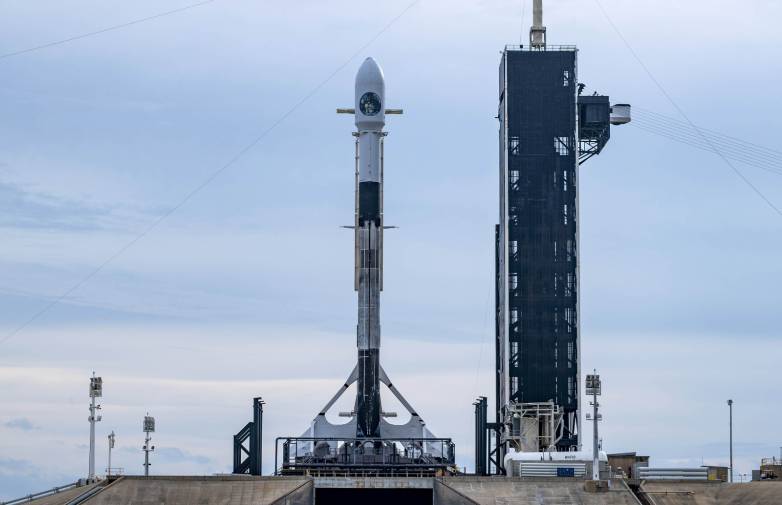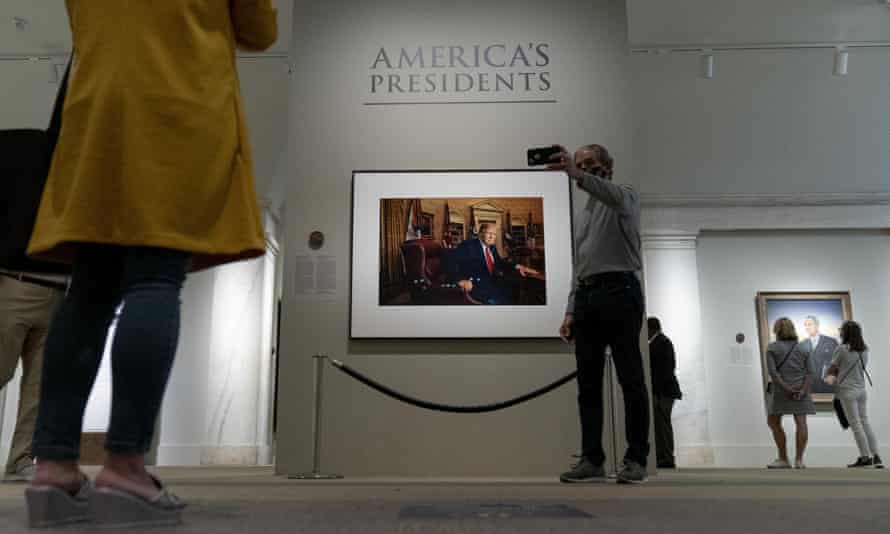
By Jacob Siegal @JacobSiegal
May 11th, 2021
The cryptocurrency Dogecoin was created as a joke in 2013, and as of this January, it was worth less than a penny per coin. By the end of the month, it had hit 5 cents, and in May, it reached a new high of 74 cents. This meteoric rise uncoincidentally coincided with Tesla and SpaceX CEO Elon Musk repeatedly talking about the cryptocurrency on his Twitter account, and its value peaked just days before Musk was set to host SNL for the very first time.
By the time the episode was over, dogecoin’s value had tanked, as many owners likely cashed out. The coin’s value is so volatile that it’s hard to predict what will happen next, but it’s clear that the billionaire’s interest has yet to abate, as CNN reports that SpaceX will accept dogecoin as a form of payment for an upcoming mission.
Canada’s Geometric Energy Corporation announced in a press release on Monday that it will launch a commercial lunar payload on one of SpaceX’s Falcon 9 rockets in the first quarter of 2022, and it plans to pay for its spot aboard the rocket entirely with dogecoin. The 88-pound satellite that the company is putting on the rocket will appropriately be called DOGE-1, and once the rocket launches, DOGE-1 “will obtain lunar-spatial intelligence from sensors and cameras on-board with integrated communications and computational systems.”
“This is not a joke,” Geometric Energy Corporation CEO Samuel Reid told CNN of the deal.
The press release from Geometric Energy Corporation goes on to explain the significance of the mission:
Indeed, through this very transaction, DOGE has proven to be a fast, reliable, and cryptographically secure digital currency that operates when traditional banks cannot and is sophisticated enough to finance a commercial Moon mission in full. It has been chosen as the unit of account for all lunar business between SpaceX and Geometric Energy Corporation and sets precedent for future missions to the Moon and Mars.
Dogecoin has been hovering around 50 cents since Musk’s Saturday Night Live appearance, but the fact that it still hasn’t dropped further seems to suggest that plenty of owners have held on to their coins. Dogecoin is still up more than 10,000% compared to last May, and its market cap is sitting around $65 billion.
As CNN notes, Geometric Energy Corporation was founded in 2015, and mainly focuses on intellectual property, manufacturing, and logistics. Its focus has expanded over the years to include energy, space, software, and medicine, which led to the development of four subsidiaries: Geometric Space, GeometricLabs, Geometric Medical, and Geometric Gaming. Geometric Space is the group that will be working with SpaceX on this mission.
In related news, Tesla recently began accepting bitcoin as a form of payment for its cars, and on Tuesday, Elon Musk asked his followers in a tweet if the company should accept dogecoin as well. “Yes” is winning.
SpaceX will launch a moon mission funded by Dogecoin in 2022

SpaceX books a mission to the moon funded entirely by Dogecoin just days after SpaceX founder Elon Musk joked on Saturday Night Live about his role in spreading memes about the cryptocurrency.
Geometric Energy Corp. has planned a rideshare mission to the moon aboard a SpaceX Falcon 9 rocket, which usually costs about $62 million to book, or about 129 million Dogecoin (at the cryptocurrency's $0.48 value as of 2:30 p.m. on Monday (May 10)). How much money or crypto will actually change hands, however, has not yet been revealed, nor has information about what other missions will fly on the rocket.
Musk tweeted about the deal on Sunday, saying this is the first time that cryptocurrency will be used in space, and that it will also be the first meme used in space. "To the mooooonnn!!" he added. (We couldn't immediately verify his claims about being the first (with either crypto or memes), but it is important to note that the cryptocurrency Blockstream has a satellite network that broadcasts the Bitcoin blockchain as a backup for ground network interruptions.)
Related: Elon Musk says he's going to put Dogecoin on 'the literal moon'
The mission, which is set to launch in the first quarter of 2022, follows an announcement Musk made April 1 promising to put Dogecoin "on the literal moon." Now, since he tweeted about this on April Fool's Day, not everyone took it seriously at first.
But the mission continues to solidify, and currently it is designed to be orbital. With the mission, SpaceX aims to send an 88-pound (40-kilogram) CubeSat (appropriately named Doge-1) on a mission to gain "lunar-spatial intelligence … with integrated communications and computational systems," according to a Geometric press release. The payload will also include sensors and cameras, the details of which are not yet public.
Geometric CEO Samuel Reid further stated in the release that the deal "solidified DOGE as a unit of account for lunar business in the space sector." The company also pledged to transact all future missions in Dogecoin, touting benefits such as its security and the fact that trades can happen even outside of business hours.
That said, publications such as Barron's see some potential risks, and point to mitigating valuation factors in cryptocurrencies and their volatility. There have also been some industry reports musing about the stability of cryptocurrency infrastructure, and its role in funding illegal activities.
Cryptocurrencies like Dogecoin, according to Investopedia, are digital or virtual currencies secured using cryptography. Many of these currencies are based on blockchain technology that distributes a ledger or record of the currency across a computer network, independent of government regulation. At least two forms of cryptocurrency, Dogecoin and Etherum, have hit all-time highs in recent weeks, according to media reports.
Dogecoin was launched in 2013 as a joke by two software engineers, Billy Markus (from IBM) and Jackson Palmer (from Adobe), according to Business Insider. They put together two big discussion topics of the day — Bitcoin and a widely memed Shiba Inu dog meme nicknamed "doge" — to create Dogecoin. When released, Dogecoin became popular quickly, in part, because it is easier to use than Bitcoin, Business Insider added.
Follow Elizabeth Howell on Twitter @howellspace. Follow us on Twitter @Spacedotcom and on Facebook.






















 © Provided by The Canadian Press
© Provided by The Canadian Press